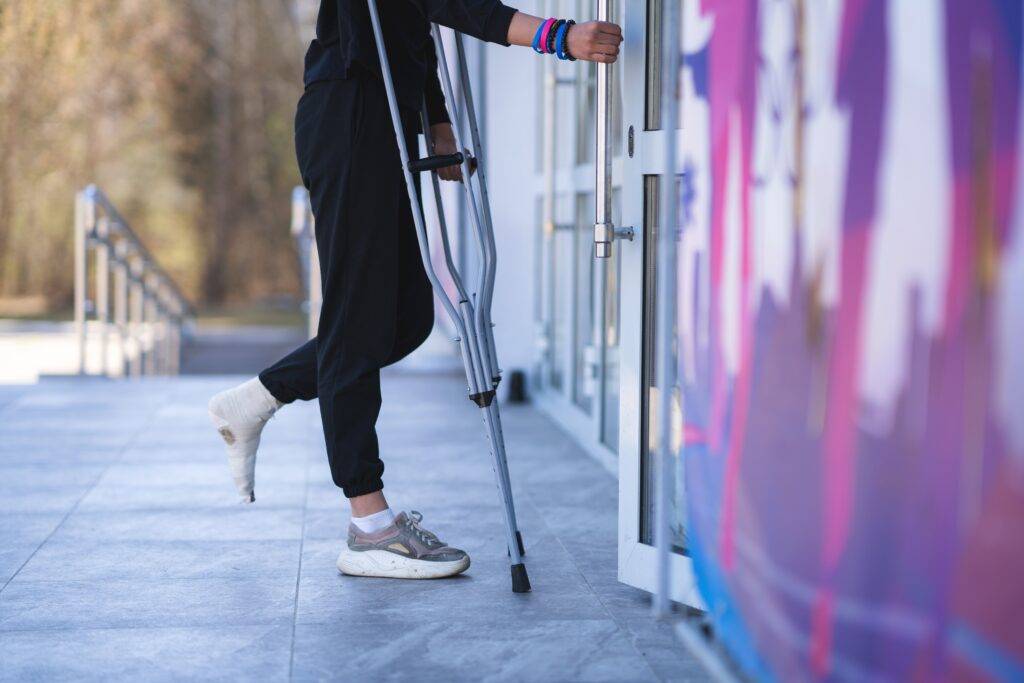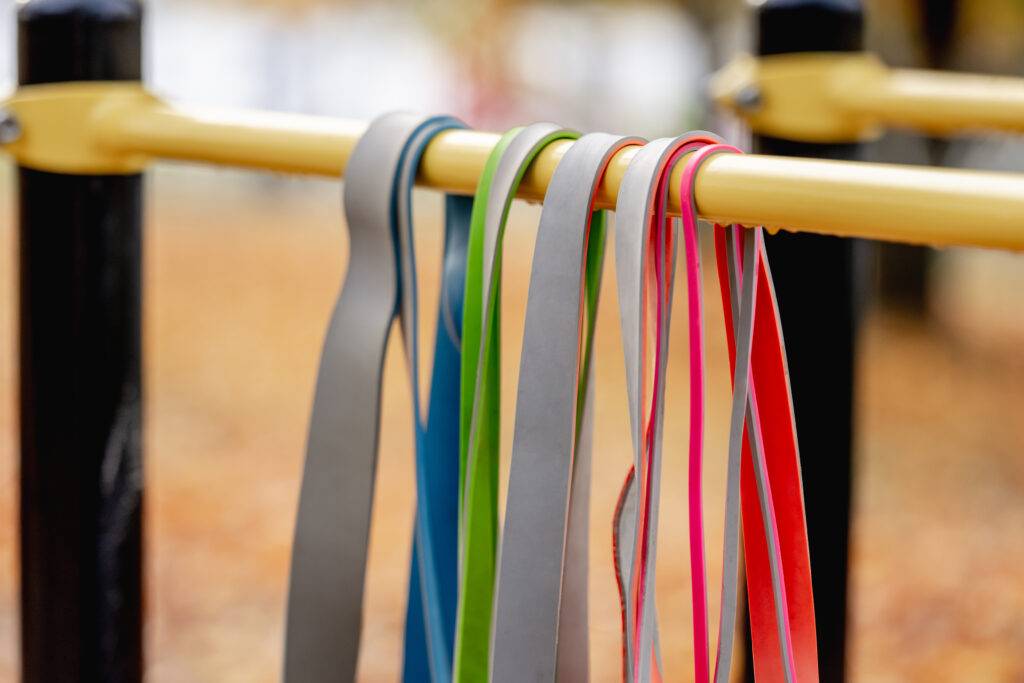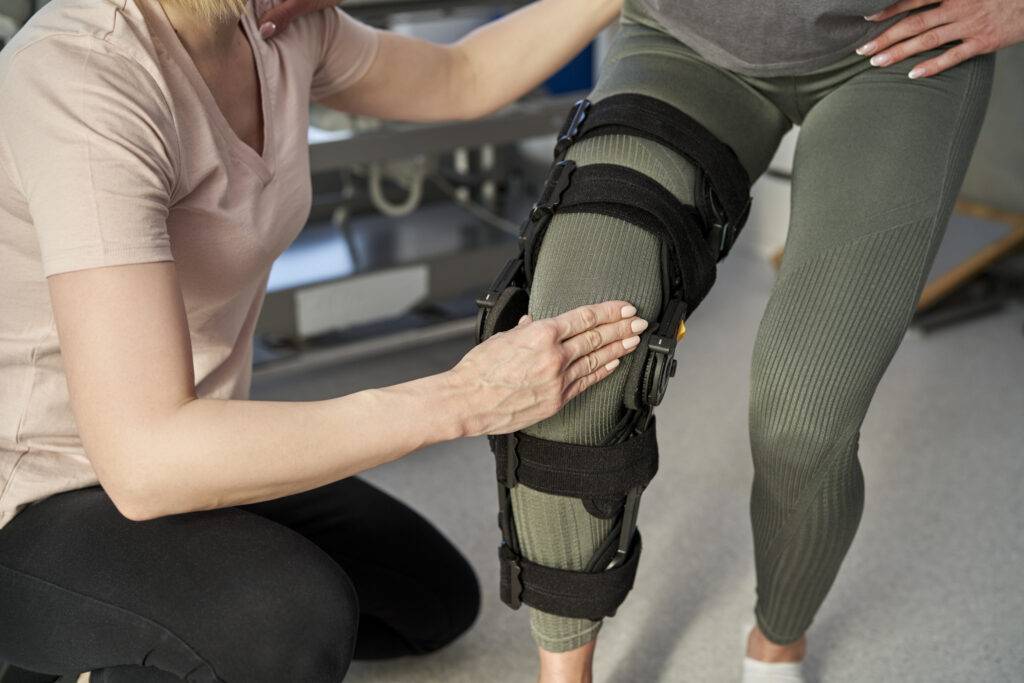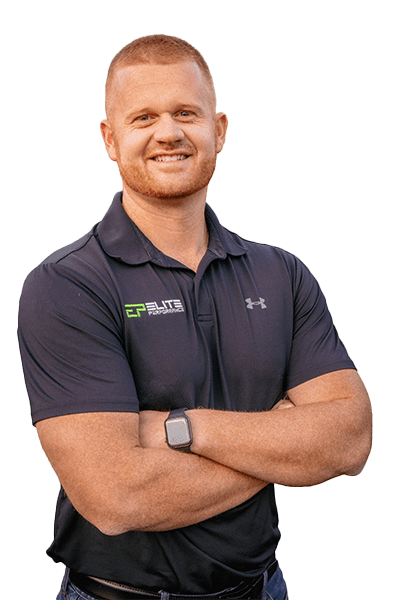The Greatest Impact on Regaining Normal Walking After ACL Reconstruction
It’s no surprise that joint swelling occurs after ACL Reconstruction (ACLR). Swelling can cause soreness and limitations in range of motion (ROM), but what plays the most critical role in restoring a normal gait after surgery?
The Critical Role of Knee Extension in Gait Recovery
Loss of knee extension has a significant impact on:
- Gait Mechanics
- Quadriceps Activation
- Knee Joint Arthrokinematics (patellofemoral and tibiofemoral)
Joint effusion after surgery inhibits the quadriceps through a process called arthrogenic muscle inhibition (AMI). This leaves patients feeling weak and struggling with knee stability. When terminal knee extension (TKE) is not achieved, the demand on the quadriceps increases to stabilize the knee and prevent collapse.

As a result, the body compensates by shifting weight to the unaffected limb, reducing hip abductor recruitment and loading on the injured leg. This compensation often leads to a domino effect of issues, including:
- Back pain
- Knee stiffness
- Hip weakness
- Abnormal swelling/edema
It’s easy to see how these challenges can leave patients feeling frustrated with their recovery process. However, skilled physical therapy plays a vital role in breaking this cycle.

The Critical Role of Knee Extension in Gait Recovery
To restore a normalized gait after ACLR, prioritizing knee extension is crucial. Here’s how:
Prehab: Go Into Surgery Prepared
- Achieve full knee extension and near-normal ROM in knee flexion before surgery.
- Studies show that lacking 3–5 degrees of knee extension increases the risk of early-onset arthritis, with worse outcomes for deficits greater than 5 degrees.
Post-Operative Priorities
Focus on TKE from Day One: Ensure gains in knee flexion do not come at the expense of knee extension.
Compare to the Unaffected Side: Knee extension should match the contralateral side for optimal results.
Manage Swelling with POLICE:
P: Protect – Use a brace and avoid mishaps to prevent flare-ups.
O: Optimal Loading – Gradual, appropriate loading is key.
L: Loading – Exercise is medicine when properly dosed.
I: Ice – Cryotherapy reduces swelling by vasoconstricting blood vessels and promoting fresh blood flow.
C: Compression – Thigh-high compression stockings effectively manage swelling.
E: Elevate – Use gravity to draw fluid back to the core for reduced swelling.
Why Skilled Physical Therapy Matters
The loss of knee extension has a profound impact on patient satisfaction and recovery outcomes. This underscores the need for skilled manual therapy during the rehabilitation process.
At Rehab Solutions Physical Therapy, we specialize in ACLR rehabilitation for athletes and individuals recovering from major knee injuries. Our team of expert therapists is equipped with advanced training and techniques to help you restore motion, strength, and confidence in your recovery journey.
Don’t let an ACL injury hold you back. Let us guide you toward regaining your normal gait and returning to the activities you love.


